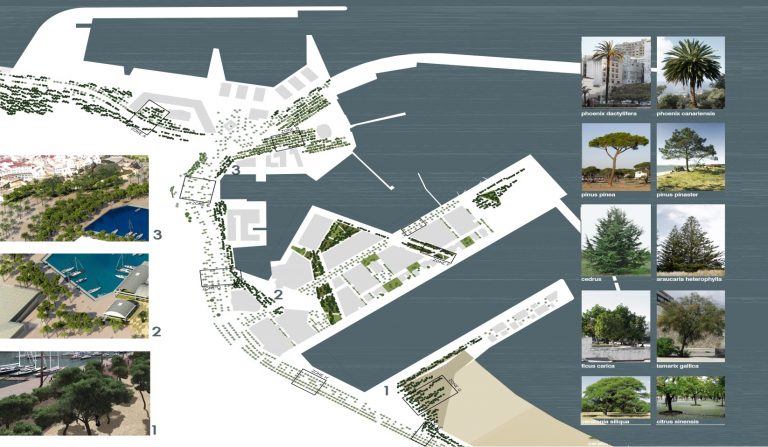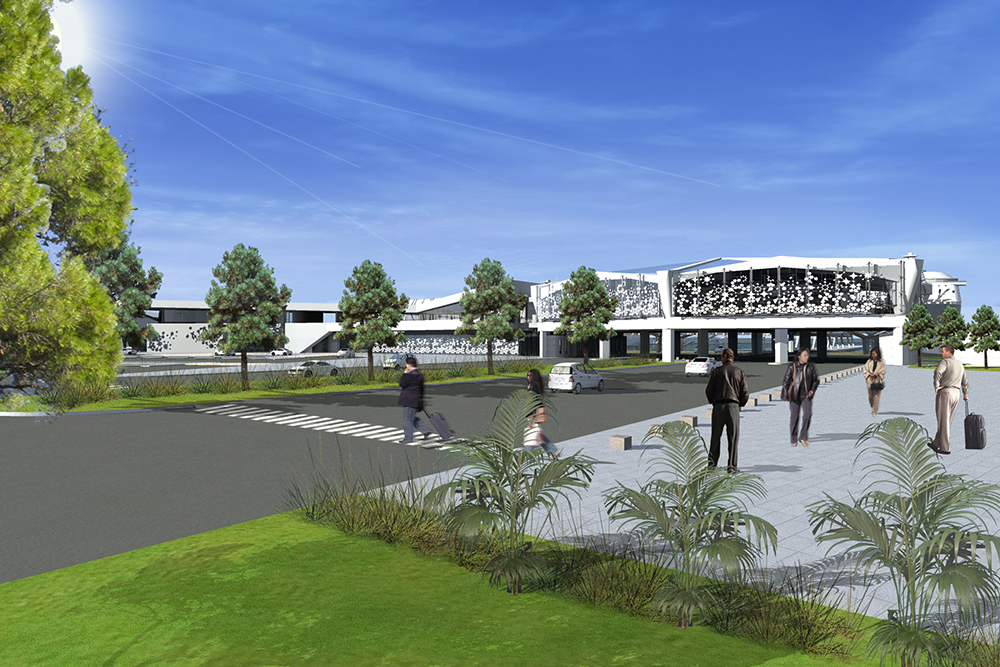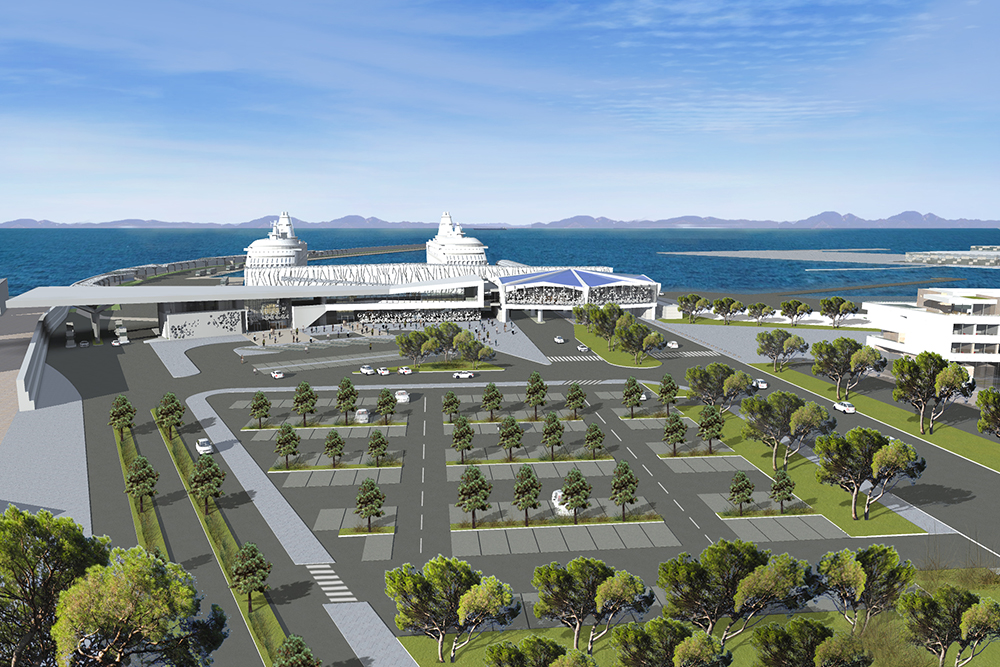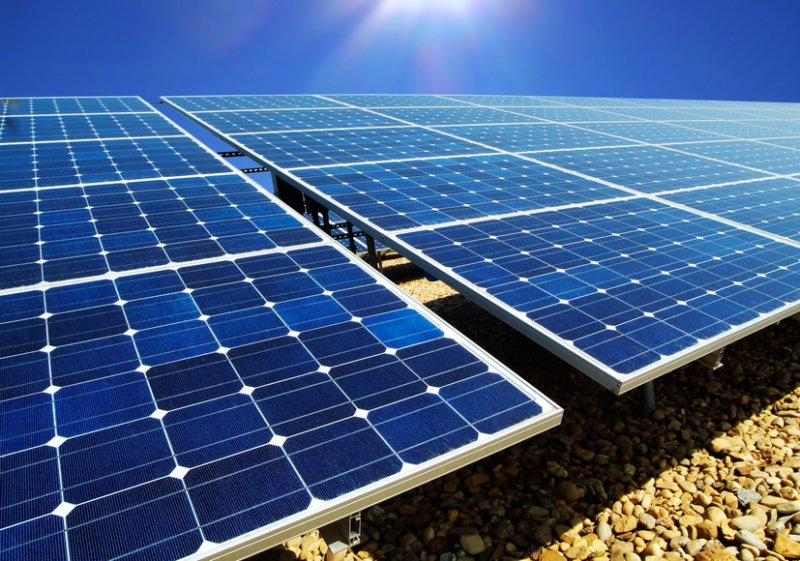
The Environnement
The project required numerous studies to reconcile the respect for the environment, land-use planning and the cultural aspect of Tangier. To unite the port with the city in a limited space, several actions have been carried out:
- The optimization of public and private spaces at the surface and organization levels;
- The layout of new buildings taking into account the visual impact on the city, port and bay;
- The preservation and restoration of the historical and emblematic landmarks of the area to maintain the spirit and the cultural aspect of the site;
- The balancing of urban functions to make it a lively site;
- The respect of the environment throughout the reconstruction of the port;
- The installation of photovoltaic panels to cover part of the energy consumption of the marina facilities. The project foresees the installation of 7000m ² of solar shade houses generating 1 Megawatt of electricity;
- Generalisation of LED lighting;
- Introduction of an environmentally friendly mobility means (the cable car);
- Relocation of industrial activities in the port free zone and transfer to Tangier Free Zone.
Some eco-friendly measures taken during the construction phase:
- Deconstruction of buildings and recovery of all materials (crushing of concrete to obtain reusable aggregates);
- Recovery of ferrous or non-ferrous metals, windows, etc.;
- The wreckage removed from the pass will be stranded in another location on the neighbouring seabed to preserve its artificial reef role and preserve biodiversity;
- The sand dredged for the construction of the new marina basin was valued as fill material for the median or used for fattening eroded beaches in the Bay of Tangier;
- The landscaping favours plants of local origin that do not require intensive watering.

The environmental integration study resulted in the agreement of the Commission Nationale d’Etude d’Impact (the National Impact Study Commission) (CNEI). A monitoring and control system was applied throughout the implementation phase. It will be maintained for subsequent exploitation. In fact, in order to respect the bioclimatic characteristics of the region, the vegetation system of the converted port will be composed of species specific to the area of Tangier: maritime pines, Pinus Pinea and the Canary Islands palm trees. In addition, the plants already existing in the city of Tangier will be added: araucarias, ficus and carob trees, etc.
Photovoltaic installation:
The photovoltaic installation is responsible for transforming the solar energy into electrical energy, in the form of a direct current proportional to the solar irradiation captured by the solar generator. This photovoltaic generator will be connected to the GLVP (general low voltage panel) of the transformer substation 20KV / 380V of the client via inverters synchronized with the AMENDIS network. This substation supplies the buildings and installations of the SGPTV. It is connected to AMENDIS’s MT network.
In case where production exceeds internal consumption, the system must allow for the management of the overproduction by controlling the share injected into the Amendis network (Public Electricity Network) from 0% to 100% in order to comply with current and future regulations.
The shade house:
The shade house is 7000 m², covered in the pre-boarding areas and the waiting areas for vehicles and passengers.












